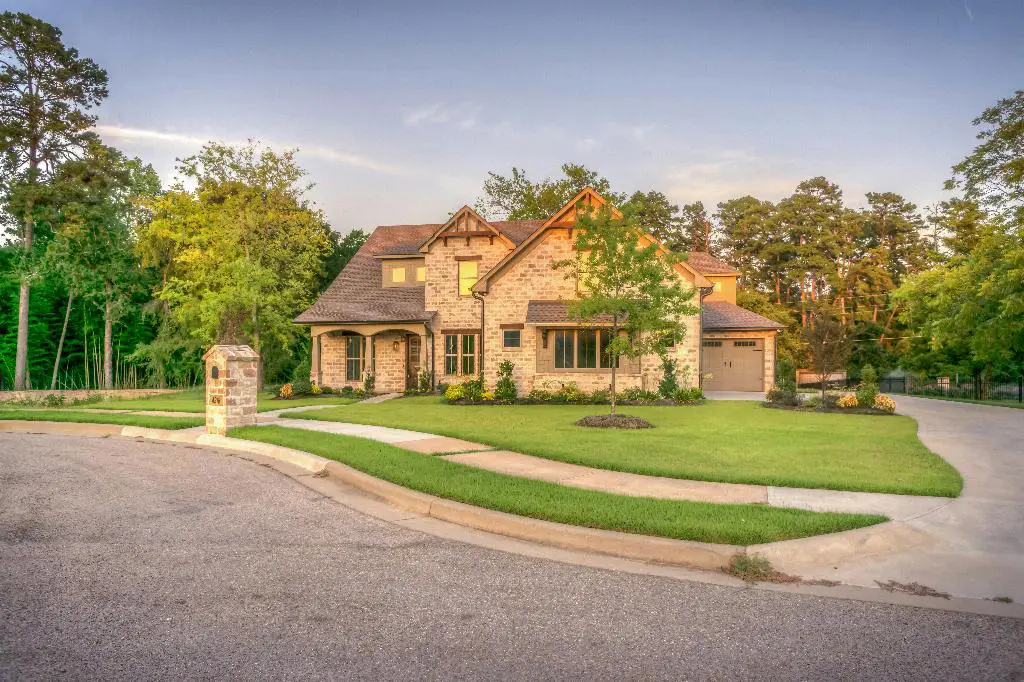Having a brown lawn can be disappointing, especially when you have put effort into maintaining a lush green carpet of grass. There are several reasons why your lawn may have turned brown, ranging from environmental factors to pests and diseases.
1. Drought Stress
One of the most common reasons for brown grass is drought stress. When your lawn does not receive enough water, the grass plants become dehydrated and start to wither, turning brown as a result. To combat this, it is essential to water your lawn deeply and infrequently to encourage deep root growth.
2. Insect Infestation
Insect feeding can also cause your lawn to turn brown. Certain pests, like chinch bugs and grubs, can feed on grass roots, causing the grass blades to become weak and discolored. Regular inspections and appropriate pest control measures can help keep insects at bay.
3. Soil Compaction
If your soil is compacted, it can prevent water, nutrients, and oxygen from reaching the grass roots, leading to brown patches in your lawn. Aerating the soil can help alleviate compaction and promote better grass growth.
4. Heat Stress
High temperatures can also stress out your lawn, especially during the summer months. When combined with other factors like lack of water or poor soil quality, heat stress can cause your grass to turn brown. Providing adequate shade and watering during hot periods can help prevent heat-induced browning.
5. Weed Competition
Weeds are notorious for competing with grass for space, water, and nutrients. When weeds take over, they can choke out your grass and leave behind unsightly brown patches. Regular weeding and proper lawn maintenance can help reduce weed infestations and keep your lawn healthy.
6. Fungal Diseases
Certain fungal diseases, like brown patch and dollar spot, can cause brown spots to appear on your lawn. These diseases thrive in warm, humid conditions and can quickly spread if not addressed promptly. Proper lawn care practices, such as avoiding overwatering and improving air circulation, can help prevent fungal diseases.
7. Nutrient Deficiency
If your lawn is lacking essential nutrients like nitrogen, potassium, or iron, it may start to show signs of discoloration and browning. A soil test can help determine which nutrients your lawn is lacking, and applying a balanced fertilizer can help restore its health and color.
8. Mowing Practices
Improper mowing practices, such as cutting the grass too short or using dull blades, can stress out your lawn and cause it to turn brown. To prevent damage, mow your lawn at the correct height and sharpen your mower blades regularly.
9. Dog Urine
If you have a dog that frequently urinates on your lawn, the nitrogen in the urine can burn the grass, leaving behind brown spots. Diluting the urine with water immediately after your dog goes can help minimize the damage.
10. Chemical Exposure
Exposure to chemicals like herbicides or pesticides can also cause your lawn to turn brown. Always follow the instructions on product labels and avoid applying chemicals during hot weather to prevent damage to your grass.
11. Poor Drainage
If your lawn has poor drainage, water can accumulate and lead to root rot, which can cause the grass to turn brown and die. Improving drainage by adding organic matter to the soil or creating channels for water to flow away can help prevent waterlogged conditions.
12. Overfertilization
Applying too much fertilizer can do more harm than good and cause your lawn to turn brown. Excess nutrients can burn the grass roots and lead to discoloration. Follow the recommended fertilization schedule and dosages to avoid overfertilization.

